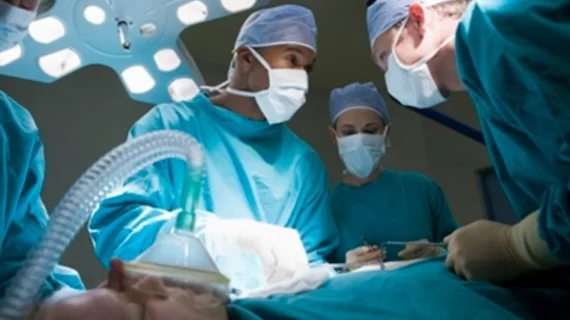New recommendations for reducing the risk of stroke during, and after, heart surgery
The risk of stroke is a significant concern anytime a patient undergoes cardiac surgery. A new scientific statement from the American Heart Association (AHA), published in Circulation, focuses on ways healthcare providers can reduce that risk.
“Cardiac surgery has come a long way in recent decades, and improvements in pre-operative screening and treatment now really make a difference between a patient suffering a disabling stroke or surviving and thriving with a good quality of life,” Mario F.L. Gaudino, MD, a professor of cardiothoracic surgery at New York-Presbyterian and Weill Cornell Medicine in New York City and chair of the writing group behind the scientific statement, said in a news release. “This statement provides an overview of the latest surgical protocols and techniques that can reduce stroke risk after heart surgery and improve patient survival and outcomes.”
The AHA cover steps that can be taken before surgery, such as thorough risk assessments, and how care teams should be monitoring the patient during the actual procedure. Imaging the patient’s aorta and closely monitoring blood loss, for instance, are two ways to reduce that risk of stroke in the moment that can make a big impact.
The statement goes beyond just reducing the risk of stroke—it also touches on how providers should respond if they suspect a stroke is taking place. The AHA recommends transferring such patients to intensive care right away; optimizing brain oxygenation and perfusion; investigating the possibility of clot removal therapy; and closely evaluating the patient’s speech patterns and ability to swallow.
“It’s imperative that a stroke team work together to assess a patient’s health before, during and after heart surgery,” Gaudino said. “In addition to the surgeons, this multidisciplinary team should include stroke neurologists, neuro-interventionalists, neurocritical care specialists and neuro-anesthesiologists. Following these protocols can lead to quicker response times by medical teams in the event of an emergency and help to reduce the frequency of neurological injuries among patients.”

